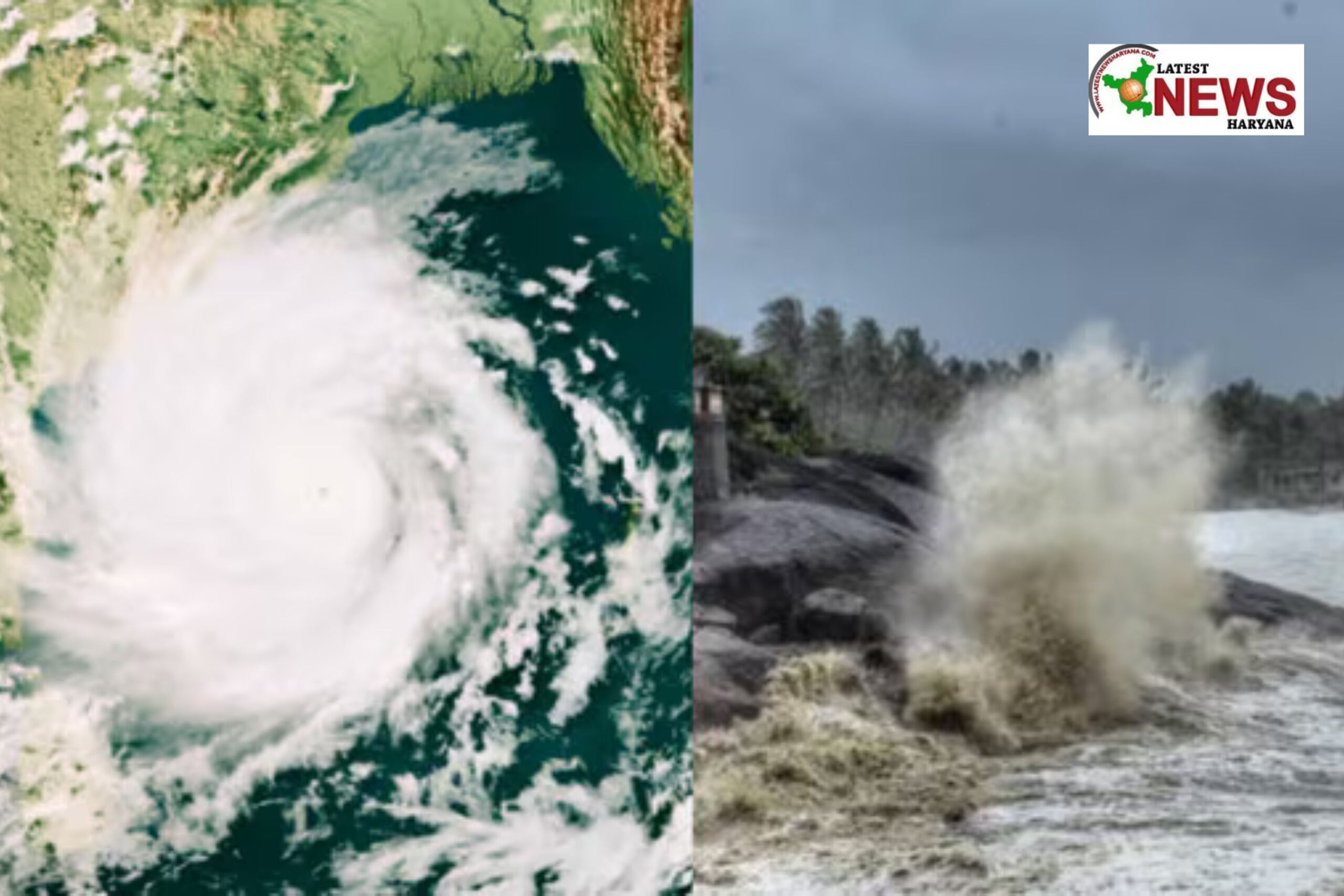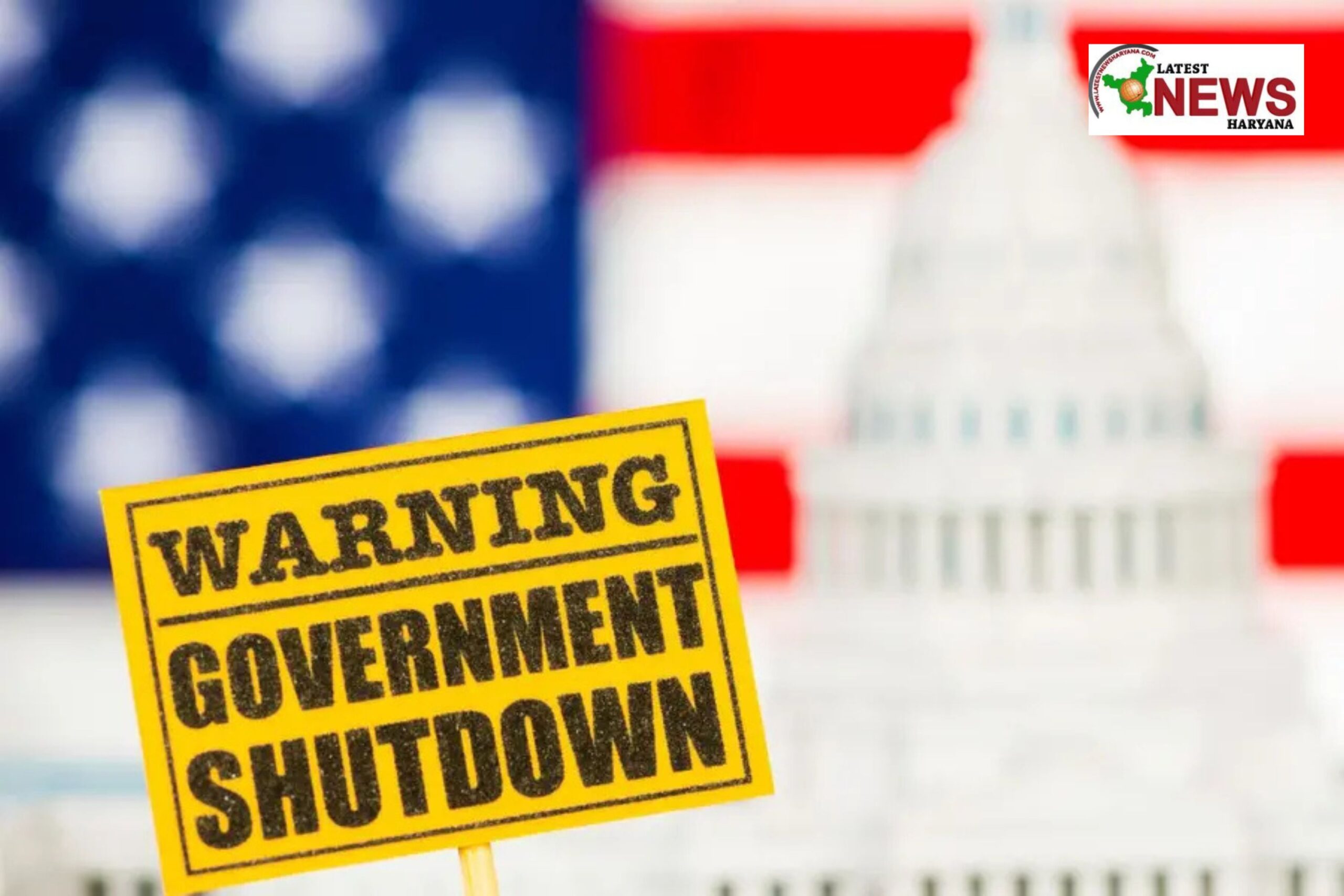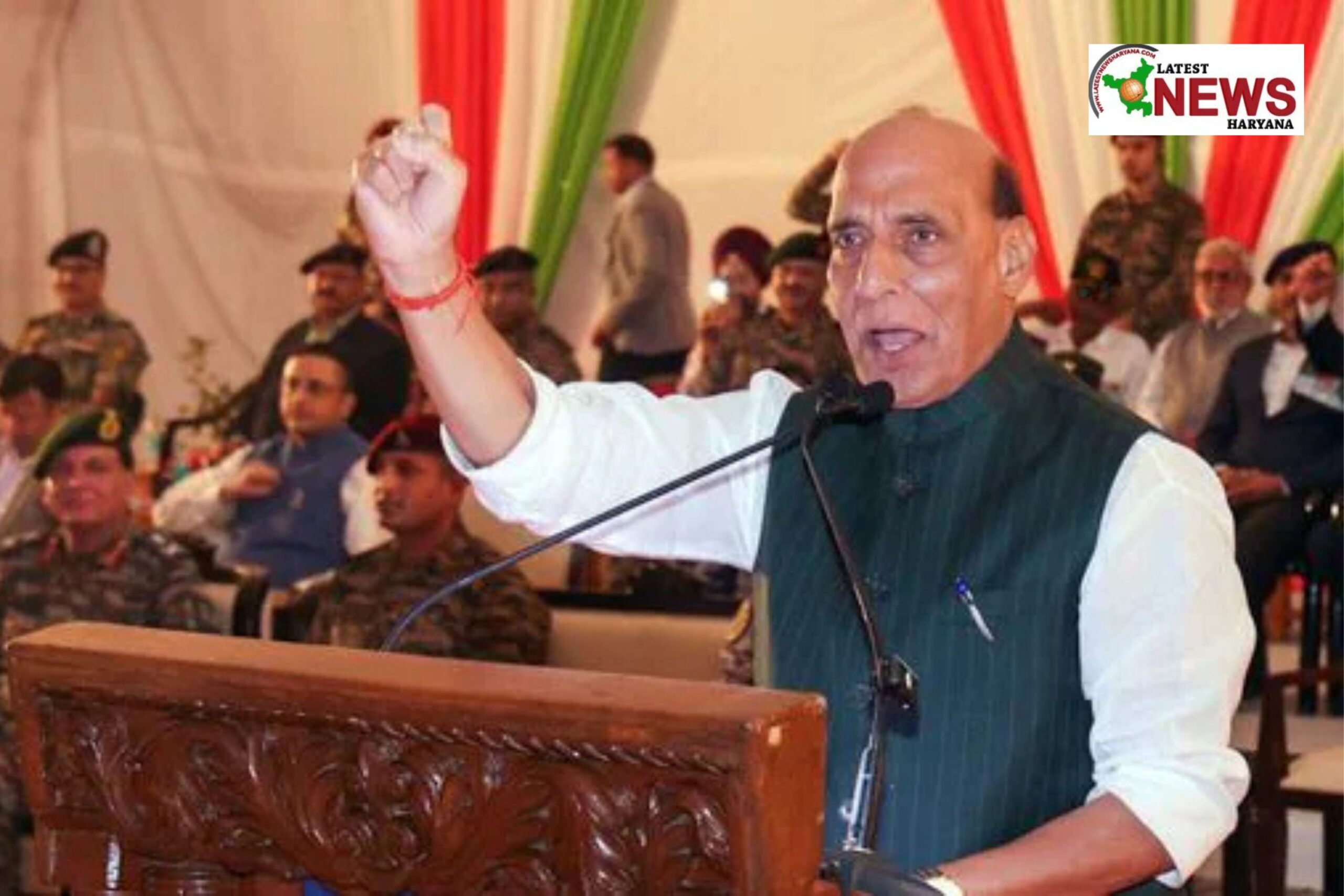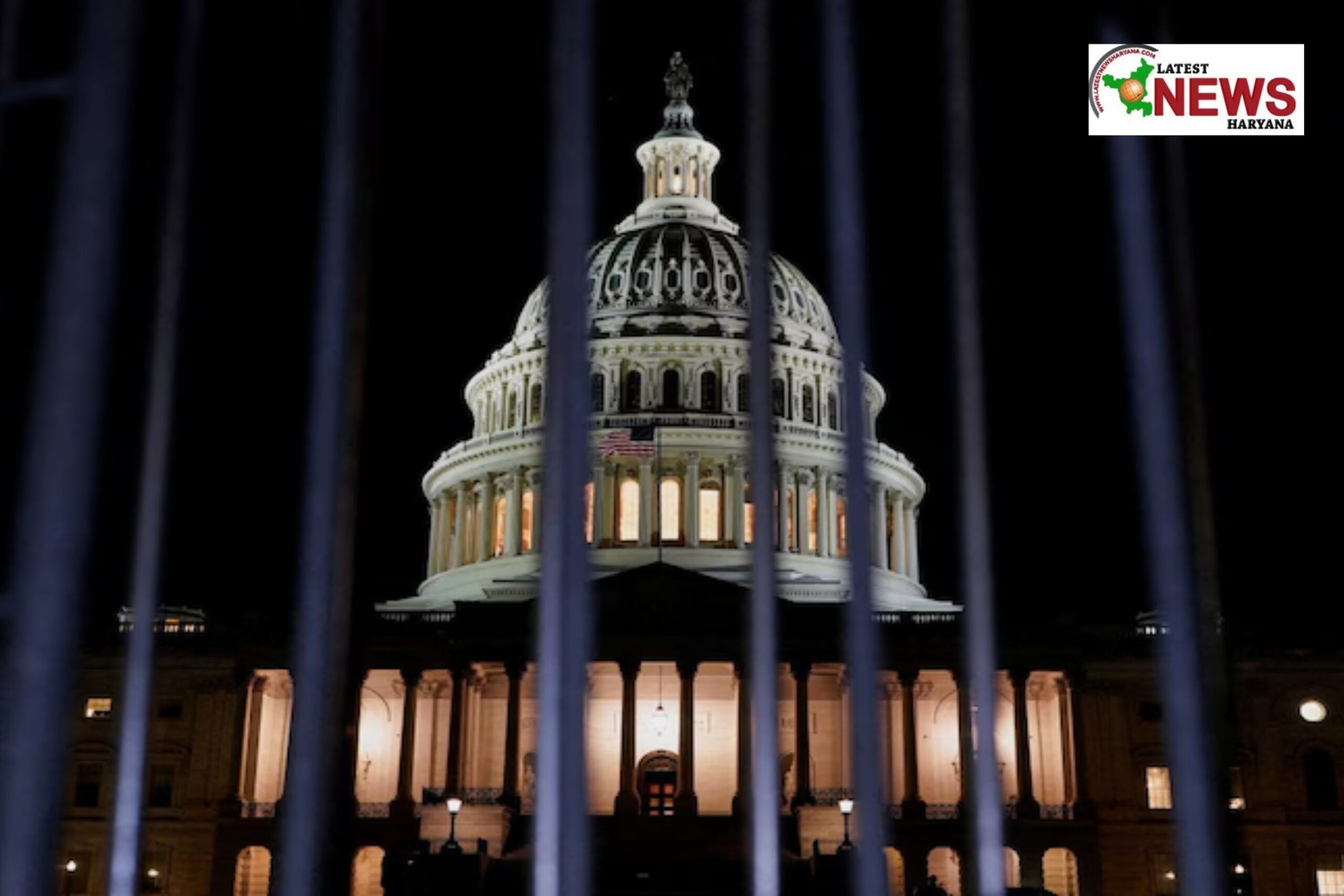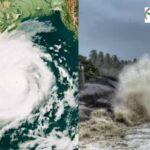A powerful magnitude 7.4 earthquake near the Kamchatka Peninsula (Russia’s Pacific coast) triggered regional tsunami alerts that rippled across monitoring centers from Russia to Hawaii. Emergency agencies tracked early wave readings, issued coastal guidance, and then scaled warnings as data improved.
Breaking Lead
Within minutes of seismic sensors detecting the M7.4 undersea event, regional centers issued a russia earthquake tsunami warning for parts of the North Pacific basin, urging people in low‑lying zones to stay alert, move inland if advised, and monitor official updates on radio, TV, and authorized mobile alerts.
Status Tracker & Map Notes
Early models projected small to moderate tsunami waves (centimeters to limited near‑shore surges), with the greatest caution near Kamchatka, Commander Islands, and nearby Pacific arcs. As tide gauges reported real data, the russia earthquake tsunami warning was adjusted and, in many areas, downgraded to advisory/watch status before being lifted.
What We Know So Far
- Epicenter: Offshore Kamchatka Peninsula, North Pacific (subduction zone in the Ring of Fire).
- Preliminary Magnitude: ~M7.4 (updates may refine).
- Depth: Shallow-intermediate (tsunami relevance).
- Wave Potential: Localized surges possible; open‑ocean heights often low but still dangerous near coastlines, harbors, inlets.
- Regions Monitored: Russia Far East, Hawaii, Alaska, Japan, Guam, American Samoa, West Coast data centers.
- Agencies Watching: PTWC (Pacific Tsunami Warning Center), NTWC/NOAA, Russian emergency services, USGS seismic feeds.
- Current Impact: No major destruction confirmed at the time of writing; situation subject to change—always check latest official bulletins.
Preparedness: What To Do If You See Coastal Alerts
Bookmark this post so if you ever receive a russia earthquake tsunami warning (or any tsunami alert) you can respond fast:
- Go Higher, Go Inland: Move to higher ground; even small waves amplify in harbors.
- Stay Off Beaches & Seawalls: Curiosity kills—dangerous currents may arrive before visible waves.
- Follow Local Authorities: Sirens, SMS, police loudspeakers = act immediately.
- Grab Go‑Bag: Water, meds, IDs, phone charger, flashlight.
- Stay Updated: Official weather / tsunami apps, radio (VHF/coast guard), govt social channels.
- After Waves: Beware return currents, debris, damaged roads, fuel spills.
Historical Risk Context (Why Kamchatka Gets Attention)
The Kuril–Kamchatka subduction zone has produced some of the largest tsunamigenic earthquakes in recorded history (e.g., 1952 event generated destructive trans‑Pacific waves). Even when present waves are small, the region’s record keeps global agencies on high alert.
Quick Regional Snapshots
Russia Far East: Localized caution in low‑lying fishing settlements; harbors monitored.
Hawaii: Tsunami watch periods are routine after large Pacific quakes; gauges confirm threat level before action.
Japan & Pacific Territories: Automated modeling pipelines push scenario maps to disaster management teams.
Shipping & Fishing: Vessel operators advised to reposition or ride out offshore if safe.
Social Media Watch
Clips circulating show sirens, dock cameras, and live coastal feeds. Always verify before sharing; rely on official tsunami bulletins over viral video claims.
Live Data Links To Monitor (Copy/Paste For Your CMS)
- Pacific Tsunami Warning Center (PTWC) bulletins
- NOAA Tsunami.gov live alerts
- USGS Latest Significant Earthquakes feed
- Russia Emergencies Ministry regional updates
- Local meteorological agency bulletins (Japan Meteorological Agency, etc.)
Hindi Update
क्या हुआ?
Kamchatka (Russia Pacific side) के पास ज़ोरदार भूकम्प आया. समुद्र के अंदर झटके से tsunami alert निकाला गया. Coastal इलाकों को सावधान रहने को कहा गया.
क्यों ध्यान देना ज़रूरी है?
समुद्र के नीचे बड़ा earthquake हो तो पानी हिलता है और लहरें तेज़ हो सकती हैं. छोटी wave भी बंदरगाहों (harbors) में खतरनाक हो सकती है.
किन जगहों पर नज़र?
Russia Far East coastal areas, Hawaii, Pacific islands, Alaska monitoring centers, Japan coastal warning system—सबने data चेक किया.
क्या करें अगर siren बजे?
- तुरंत ऊँचाई पर जाएँ (higher ground).
- Beach, jetty, seawall से दूर रहें.
- Local police / disaster message follow करें.
- Emergency bag (पानी, दवा, फोन charger) उठाएँ.
- Official app या radio पर updates सुनते रहें.
अभी तक की स्थिति
Initial readings में बहुत बड़ी wave confirm नहीं हुई, पर coastal safety rules follow करना ज़रूरी है. Official अपडेट बदल सकते हैं, इसलिए बार‑बार चेक करें.
FAQs
Q1. Tsunami alert और Tsunami warning में फर्क?
Alert/Watch मतलब नज़र रखो; Warning मतलब खतरा हो सकता है—तुरंत कार्रवाई करो (move inland, avoid shore).
Q2. अगर wave छोटी हो तो भी जाना पड़ेगा?
हाँ—बंदरगाहों, नदी मुँह (river mouths), संकरी खाड़ियों (inlets) में छोटी wave भी तेज़ धारा बना सकती है.
Q3. Siren नहीं सुना पर फोन पर message आया — किसे मानें?
हमेशा official message (govt / PTWC / disaster authority) को प्राथमिकता दें.


